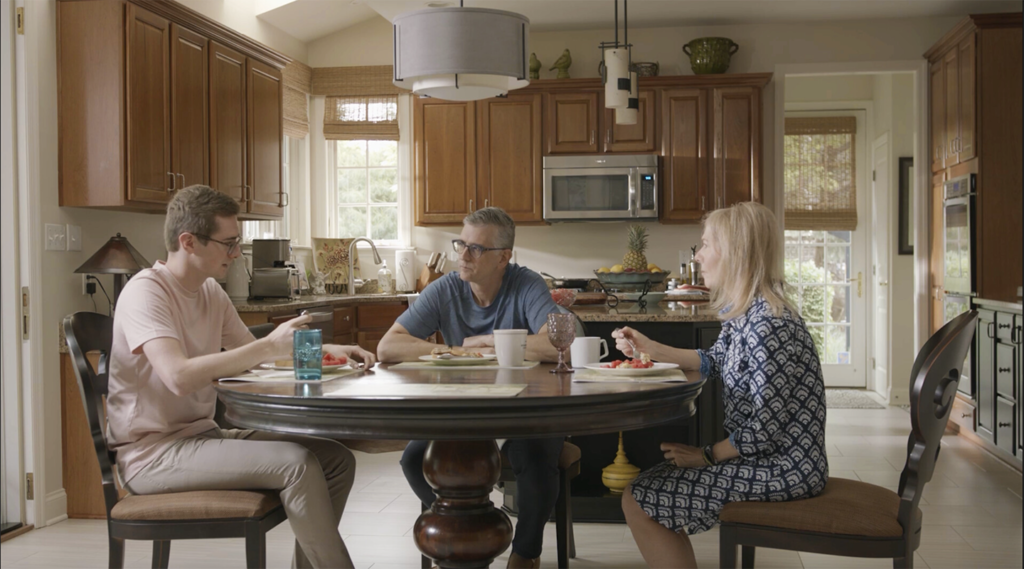
At the heart of independent cinema lies the power to tell deeply personal and evocative stories that resonate far beyond the screen. The Ocean – Five Years, the latest documentary from Flying Scooter Productions, is one such film. It delves into the complex and often overwhelming journey of grief, as seen through the eyes of Brett McCutcheon, a young composer whose life was irrevocably changed by the sudden loss of his older brother, Ryan.
What began just as a music project evolved into a powerful narrative that captures the raw, unfiltered emotions of a family in mourning. Under the direction of Jennifer Schlieper, this documentary does more than just document the creation of Brett’s haunting 5-track EP; it tells a story of love, loss, and the enduring impact of music as a medium for healing.
The McCutcheon family, who have been connected with Flying Scooter Productions for years, opened their hearts and lives to the filmmakers, resulting in a film that is as intimate as it is universal. Through personal video diaries, interviews, and breathtaking performances by musicians from the Pittsburgh Symphony Orchestra, The Ocean – Five Years transcends the typical boundaries of documentary filmmaking, offering viewers a visceral experience that is both poignant and uplifting.
In this exclusive feature, Indie Cinema Magazine sits down with director Jennifer Schlieper to explore the emotional and creative journey behind the making of The Ocean – Five Years. Schlieper, who transitioned from a successful career in corporate marketing to filmmaking, brings a unique perspective to the table—one that combines strategic storytelling with a deep empathy for the human condition. Her approach to this film is marked by a delicate balance of respect, authenticity, and innovation, making The Ocean – Five Years a must-watch for anyone who has ever experienced the tides of grief.
Questions for director Jennifer Schlieper
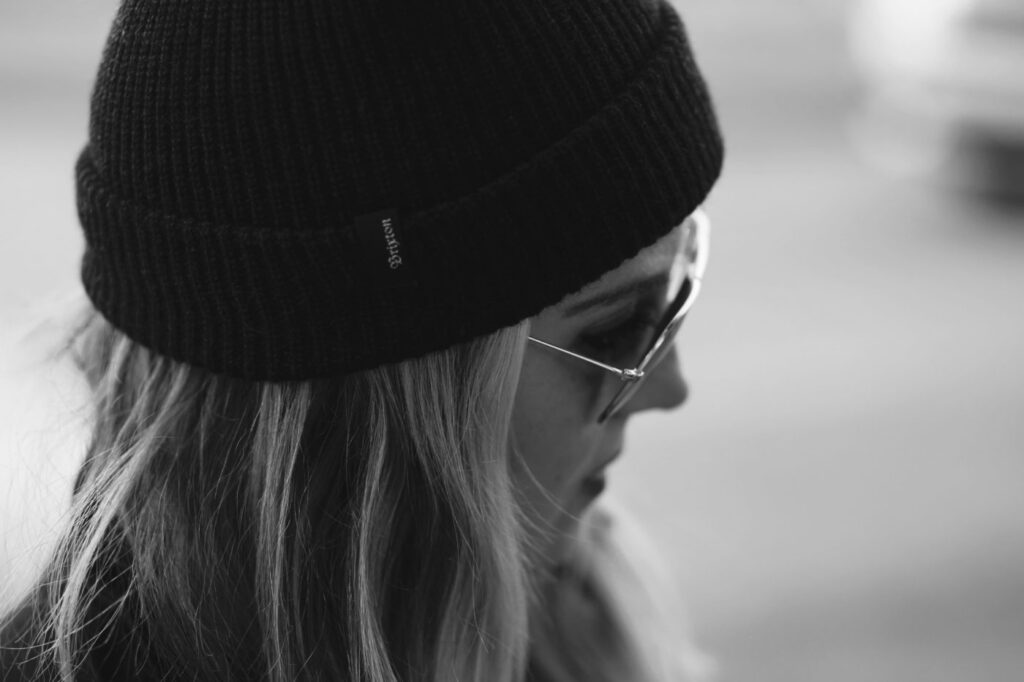
1. Your career began in PR and corporate marketing before transitioning to filmmaking. What motivated you to make that leap, and how has your background influenced your approach to storytelling?
Out of school, (I do not have a film degree) I started off at a small design firm that had some big clients. They were focused on brand-centric marketing, which allowed us to do a lot of storytelling. Because we were such a small firm – four partners and not a lot of junior staff – they took me everywhere. All the photo and film shoots, every meeting. I learned a lot from a diverse group of people, I watched and listened. One of the great experiences that shaped my love of storytelling was being asked to help produce a book with C. Prentiss Orr (one of the partners) for a historic club. I spent months researching and talking to people, flipping through old journals and archives. It was fascinating. We uncovered all of these stories and relics from the late 1800’s, early 1900’s and I loved being able to do that. I’m so grateful to Prentiss for that project. He is an incredible writer and art director. He taught me so much just by watching him – and he always had time to answer my questions. By the time I moved to a global PR firm, I was given the runway to produce and create story-based marketing. I met Anita Harnish, a producer who was not only a great producer and teacher she also helped me hone my voice as a storyteller. As my career evolved, so did my love of sharing the stories behind the story.
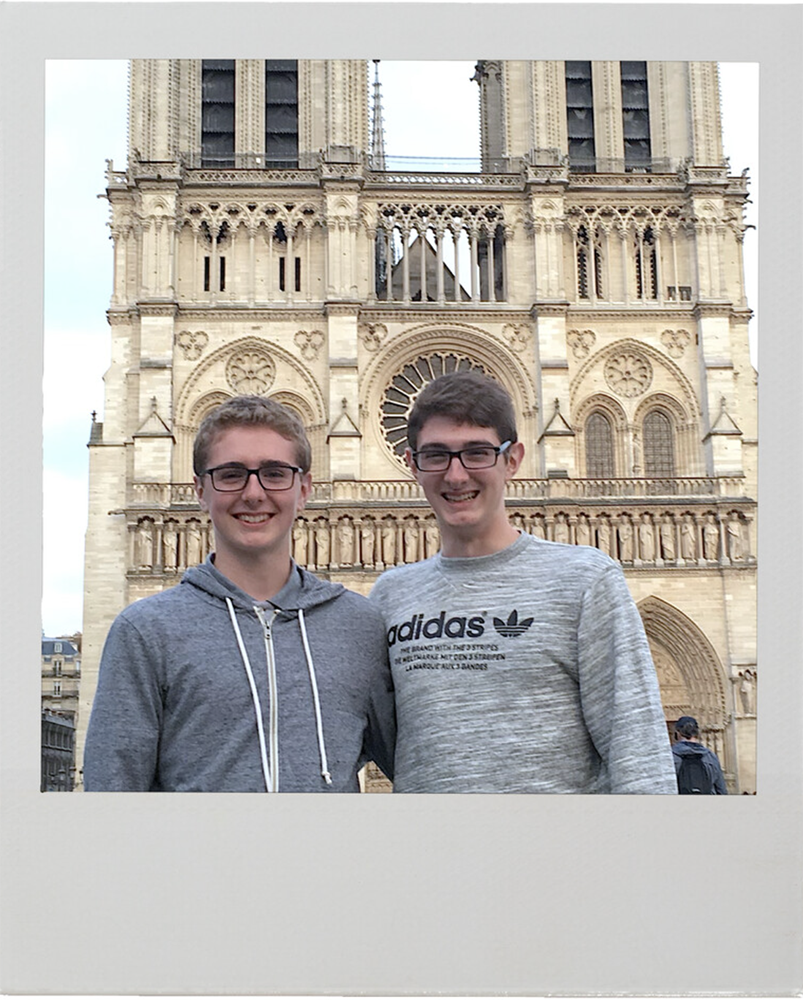
2. Your connection with the McCutcheon family began years before this project. How did your relationship with them shape the emotional and creative direction of the film?
The McCutcheon’s are incredible people. Bob, Dana, Ryan, Brett. They had just opened
The Vault Recording Studio when we were asked to do a project for them. A few months into the project, Ryan, a freshman in college, was tragically killed in a car accident. Brett was only a high school sophomore at the time. So here’s this family going through the most devasting experience and they were the ultimate convener of hope and love. They deal with their grief by loving others and finding ways to help others. We have great admiration for how they live their lives. We are purpose-driven in our filmmaking and to be asked to be part of telling their story – to be given access and allowed to share the toughest parts of their journey is an honor. It is based in respect and authenticity but also shaped as a love-letter to Ryan and those experiencing grief. Simply, it’s a mirror reflection of their hearts and we were lucky enough to capture it.
3. In your director’s statement, you describe the shock and grief you felt after Ryan’s death. How did those initial emotions influence your approach to capturing the story on film?
I know a lot of people who have gone through tragedy and trauma. I am no exception to that. Some people have a very hard time finding their way through it. I believe grief is an expression of love. It’s probably one of the greatest forms of expressing love. I don’t think people truly move past it. It ebbs and flows just like the ocean. The story follows his score. The rise and fall of the tide as the rise and fall of grief and confusion.
What I was able to witness and we were able to capture was a boy who loved his brother. I watched Brett take his hurt, grief and questions and start working on it, working through it. He found a way to create something beautiful and bring people together. It’s a tribute of great love, admiration and respect for his brother, family and friends.
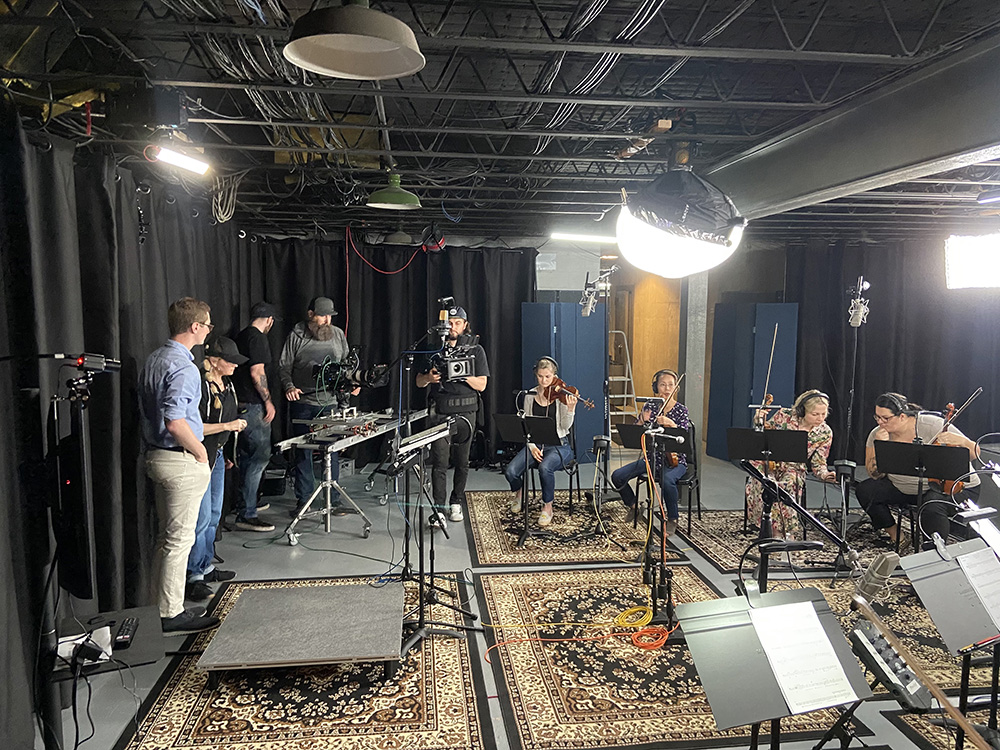
4. The structure of the film follows the EP’s tracklist, moving from “Intro” to “The Shore.”
How did the music guide the narrative flow and emotional tone of the documentary?
In the early stages of discussion for this project, Brett and Bob said they wanted to do a music video – maybe an animated music video. After we finished that call I thought, that’s not what we should do. We should tell Brett’s story. He sent me the tracks that night so I could listen to the score and I cried for hours. We met a few days later and I pitched the idea of a longer narrative, a peek into what he was feeling when he was writing The Ocean – Five Years. They agreed to filming and I didn’t write a treatment. I had an idea but I wanted the story to reveal itself as we were filming. And it did.
I wanted to tell the story the way Brett was telling the story. We were just conduits to producing and showcasing what he was trying to get people to feel when listening to The Ocean – Five Years EP. In my mind, there was no other way to highlight the track list except for in the order it is on the album. The track list is roadmap that allows us to follow a story or a narrative that the musician wants the listener to experience in a certain way. This is how I was feeling. I wanted to respect how Brett wrote the music and put it together. It was important because it’s the stages of grief as he saw them, as he felt them. There was no other way to tell that story.
5. You chose to break a few conventional rules, like letting the fourth wall disappear and allowing moments to linger. Can you elaborate on why you made these stylistic choices and how they contribute to the film’s portrayal of grief?
The breaking of the fourth wall was easy for us to do on this project because of our relationship with the McCutcheon’s. Even though I was in the room during filming and directing or sitting on the floor in a corner listening, they would often bring me into the conversation. You’ll notice that in the documentary they are not always looking at each other, they’re looking at me and telling the story and I wanted the viewer to feel that. I wanted them to know that there is connection and there is connection in grief. I thought, let’s allow the audience to have a moment with the McCutcheon’s because I want you to feel like you know them. I want you to feel like they’re part of you and that they are a part of me.
6. There are subtle nods to Ryan throughout the film, such as the open bottom-right rectangle during “Floating.” How did you weave these symbolic elements into the visual storytelling, and what impact do you hope they have on the audience?
We added tension. Either in the subtle drones throughout the documentary score or in the picture itself. You’ll see it in “Floating” where we left the bottom right corner black. It’s empty. We had people come in for commentary and ask why we didn’t fill that or why we didn’t add waves or texture to the background. You’re waiting for something to fill it. You hope there’s a texture. It bothers the viewer. We did that on purpose. It is a void, it’s a hole. When you lose somebody, it feels like you have a hole in your heart, in your life. It’s emptiness.
We wanted to do that in a very simple way, not contrived but as an expression. If it bothers you and then you get it. That was important. In the kitchen scene, there’s a place for a fourth chair. We didn’t push in on purpose. We wanted you to feel like you were standing behind that fourth chair. And who would be in that fourth chair? That fourth chair would be for Ryan. All very intentional in terms of what I would call negative space, I wanted to do it in a subtle, authentic way. This isn’t flashy. It’s the story. The subtle tension of something missing or out of place in your life. That’s grief.

7. Brett’s personal video diaries played a crucial role in shaping the film’s narrative. How did these diaries influence your understanding of his grief journey and the direction of the film?
Brett is so great to work with because he wants to make the best product possible. But the other thing I noticed was when I had him on camera with a crew, I would get more of an edited version of true emotion. So, I asked him, because he was still in school at college, which is crazy because again, he started writing this in high school and finished it in college. Just the magnificence of The Ocean – Five Years being composed by a teenager is exquisite. But I asked him because he was back and forth at school, I said, why don’t you do little video diaries for me? If something comes up and you think about it, or you want to talk about one of the pieces, or you have an experience, I said, just record it in your room – like you’re telling me a story- it doesn’t have to be beautiful, it doesn’t have to be well lit, it’s just you and your phone sharing stories. Tell me how you’re feeling. What we got from him was a vulnerability that became essential to telling the full story. He allowed himself to feel deeply, and he did it in the safety of his own space without everybody looking at him. I appreciated that so much because he was honest and it gave us a peek into who he is as a kid and this kid going into adulthood.

8. Can you discuss the experience of filming with the Pittsburgh Symphony Orchestra and how their music contributed to the film’s emotional depth?
We were lucky to direct and produce the first season of Front Row with the Pittsburgh Symphony Orchestra in 2020–2023. The PSO is made up of an incredible group of musicians. We knew what we were getting when they came into The Vault Recording Studio. They couldn’t have been any more generous. They couldn’t have been any more respectful. They were excited to be there. They gave great notes. They were lovely to work with, and the depth comes from their talent. There is a level that they bring to the music production that you don’t get anywhere else and they related to the music and the message. Many of the musicians talked with Brett about personal loss stories. It was really a special time.
9. Terese LaVallee and The Caring Place became important partners in this project. What role did they play in expanding the film’s message of hope and healing beyond the McCutcheon family’s story?
First of all, The Caring Place is so essential to our community and to the communities that they touch – I think they’re in over 30,000 schools. Terese is focused on helping kids and families walk through grief. Connecting with The Caring Place was Brett’s idea. He immediately said, I want The Caring Place to be a part of the story. People have to know there are resources for people experiencing grief. They were more than collaborative with us.
The larger narrative is everyone is going through something – if you need help find it – because there are people out in the world that care about you. At the end of it all – this film is about connection, community, understanding and healing.
10. The film is meant to offer hope to those dealing with grief, especially children. How do you envision this documentary resonating with audiences who have experienced similar losses?
I think it will resonate differently with different people. I think everybody deals with grief in their own way, and I think there’s going to be a lot of people who have been in similar situations that go, that’s my story. There’s some sort of humanity and solace in knowing that other people have gone through some of the same things that you’ve gone through. Some people might not connect to it because they have a hard time talking about it. But that’s where the music comes in – this film is a backdrop for the music – the music is a connector. You don’t need to share when you’re listening to music. Music can be very healing.
The goal is to be a help and hope for people to know that they are not alone. You’re doing the best that you can. If you need help, you can get help. If you need to talk to somebody, you can, and you’re not out on your own in this world.
11. You mentioned that Brett’s score brings an added level of cohesion and emotion to the film. How important was it for you that Brett also composed the film’s score, and how do you think his music enhances the storytelling?
Well, I thought Brett and Bob were going to stop talking to me because I think I asked them to score the film right before Christmas. We were in final edit. I wanted to add brightness and transitions as well as a drone to flow throughout the picture. Dylan, our editor originally had spliced some music together from the album, using stems and the recordings but it needed something else, something only Brett could create. Brett composed the film in less than two weeks. It was essential because again, it is his voice. It’s a beautiful score. (Thank you, Brett and Bob.)
12. Looking back at the entire process, from conceptualization to final edits, what do you hope viewers take away from “The Ocean – Five Years”?
Grief is love. If you’ve ever felt loss, that means that you loved someone. There is no greater gift than remembering somebody, cherishing, and honoring them. If you feel loss allow yourself to grieve that. If you’re stuck, there are healthy ways to express that. There are people that can help you. You are important. If you lose somebody, it’s devastating, but they would never want you to stay stuck in that grief. They would want you to be able to live, have joy and experience life. Everybody has a story and everybody’s trying their best – there is a way out of the bottom and a way to the shore.
I appreciate the McCutcheon’s being so available and transparent in this story. They are absolutely incredible and they’re great to work with. We had fun working on the film. There’s a lot of laughter and joy and great moments to remember Ryan.
It was a beautiful gift to direct and produce and share it. I’m very grateful to them for trusting me and my producing partner, Courtney, Waya and our studio Flying Scooter Productions to create it with them.
Questions for producer Courtney Gumpf
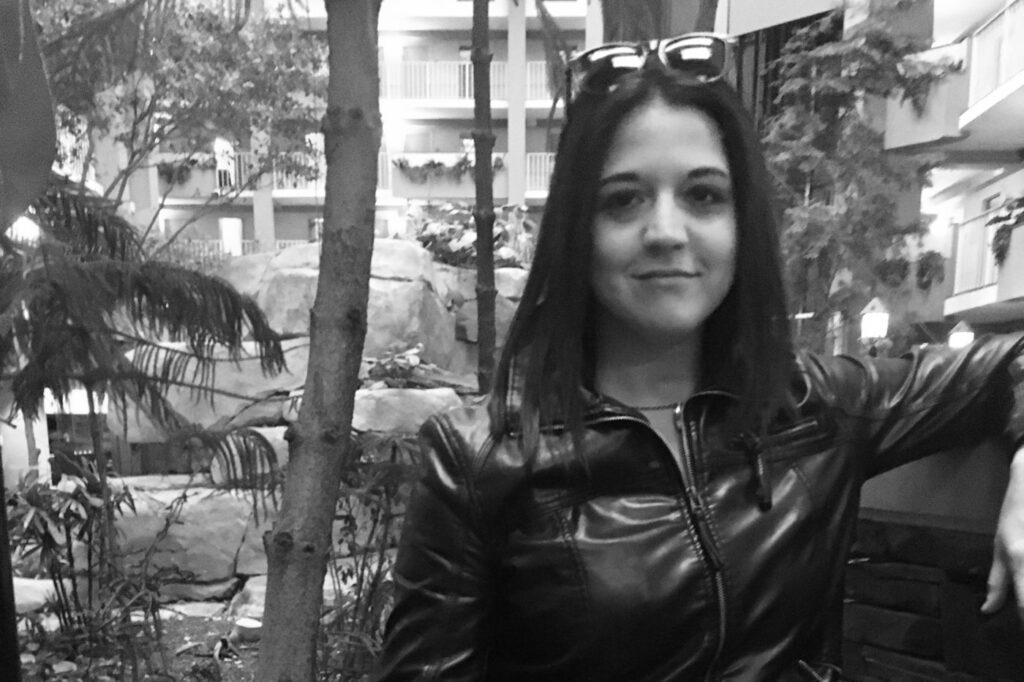
1. You started your career in casting for major films like “Perks of Being a Wallflower” and “Dark Knight Rises”. How did those early experiences shape your perspective as a producer?
I was drawn to the production side of filmmaking because I was fascinated by how everything comes together. Films like ‘Perks of Being a Wallflower’ and ‘The Dark Knight Rises,’ with their vast scale and complex logistics, captivated me. The idea of coordinating all those efforts, ensuring everything runs on time and within budget, excites me. I thrive on that—understanding the bigger picture, taking on challenges, and figuring out how to bring the director’s creative vision to life.
2. What inspired your transition from behind-the-scenes roles in movie-making to taking on the responsibilities of an Executive Producer?
I have to admit, I was drawn to the challenge. It scared me a bit, but that’s a good thing. As an Executive Producer, you’re responsible for ensuring the crew and director are taken care of, fully understanding what’s happening at all times. It’s your job to keep the days on schedule and stay on or under budget. I felt my skills were well-suited for the producing side, so I decided to take a leap of faith and give it a try.
3. As co-founder of Flying Scooter Production, how do you and Schlieper collaborate to balance creative vision with production management?
Jenni and I have worked together for over a decade, and while we’re similar in some ways, our differences definitely balance us out. Jenni focuses on the creative side while I lean toward logistics. Over time, I’ve learned that it’s crucial to listen, take in her thoughts, and then revisit with options for budget and timing purposes. We’ve developed a strong collaborative dynamic where we both listen and adapt, ensuring that we can shift things around to make it work. It’s all about understanding each other’s strengths and maintaining that give-and-take. Understanding each other’s strengths has led to smoother, more efficient sets, ultimately allowing us to capture more footage and achieve a greater impact
4. You’ve produced content for a wide range of clients, from regional brands to national non-profits. How do you tailor your approach to meet the unique needs of each project?
We believe in tailoring our approach, but it’s also important to bring our experience to the table. After working in the industry for so long, we can anticipate certain challenges and offer valuable insights. The key is to listen to the client, understand their needs, and present them with a range of options. Making the client feel heard and comfortable builds trust, ensuring a smoother production. It’s about knowing your client—whether they’re visual or prefer a different approach—and confidently offering our suggestions while adapting quickly.
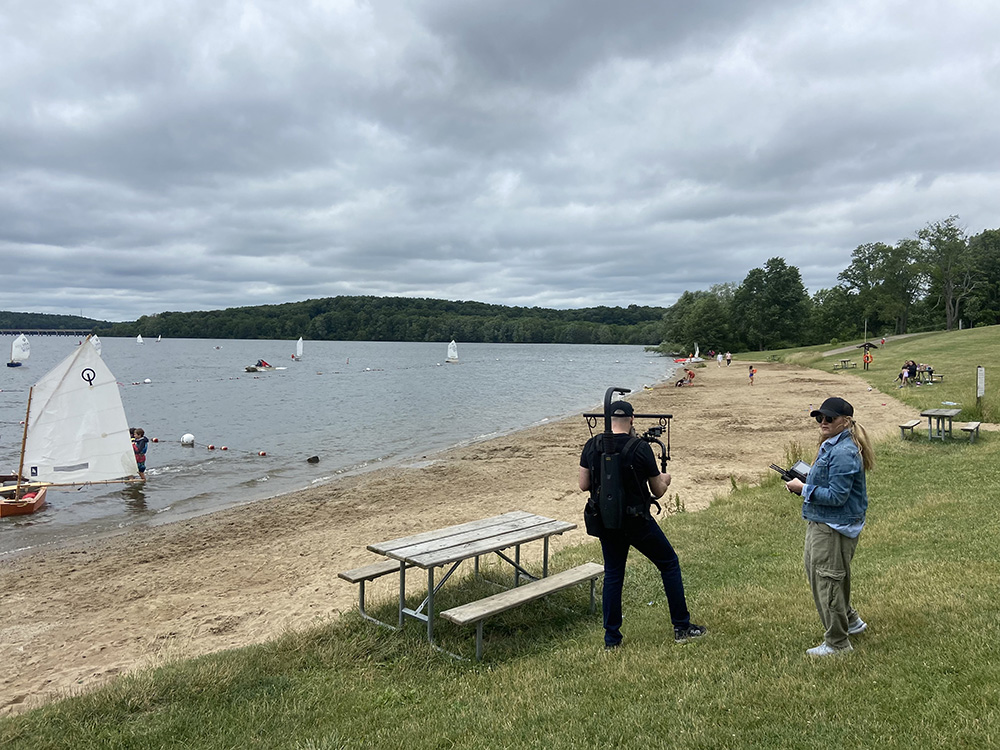
5. With your background in casting and now in producing, what do you believe are the most important elements in bringing a story to life on screen?
Being real and authentic is key, whether it’s scripted or documentary style. It’s about making people feel comfortable and giving them the time to truly engage. In scripted work, this means allowing actors to get into the moment. In documentary work, it’s about helping those less familiar with the camera feel at ease, even if it takes a bit longer. Jenni is a great interviewer and has a natural way of making people comfortable. We have found that this allows them to open up and share insights they might not have otherwise done.
6. Flying Scooter has raised millions of dollars for various causes through its work. Can you discuss how you integrate production with fundraising efforts to achieve such impactful results?
We approach these projects from a larger perspective—it’s not just about fundraising but also about educating and emotionally engaging the audience. For instance, our mini doc “Eye of the Needle in” that we directed and produced in 2017, we addressed the opioid crisis and homelessness by showcasing every perspective—young, old, every ethnicity—so everyone could relate to someone they saw on the screen. It’s about being strategic with production, not needing a huge budget, but letting the story unfold naturally to resonate with the audience in different ways.”
7. How does your role in digital marketing complement your work as a producer, particularly in securing and converting leads for your clients?
I enjoy the tactical aspect of digital marketing and production, where everything is set up intentionally to stay ahead and think long-term. It’s like solving a puzzle, especially in a crowded digital space with countless ads. The challenge is finding creative ways to use the budget effectively, tailoring the creative to make an impact and drive engagement, both in marketing and in production.”
8. You’re on the board of both The Pennsylvania Film Industry Association (PAFIA) and The Amelia Project. How do these roles influence your work at Flying Scooter and your approach to production?
For PAFIA, I’ve always been passionate about the film industry. Starting as a production and casting assistant on feature films, I benefited from the Pennsylvania film tax credit, which allowed me to work and live in Pennsylvania for over five years. Many of our friends who are crew members in the region want to stay in Pennsylvania, but without enough tax credits, they’re forced to leave PA or find other work. PAFIA is dedicated to educating legislators and Pennsylvanians about the importance of this tax credit.
As for the Amelia Project, it’s the heart of Flying Scooter. Jenni and I have always wanted to give back, inspired by the mentors who helped us succeed in the industry without formal film school training. We aim to provide opportunities for kids who might not otherwise have them, training them to work in Pennsylvania, just as we were.
9. What are some of the most challenging aspects of producing documentaries and short-form media, and how do you overcome them?
I usually tell anyone who wants to get into the production field that if you don’t like change, production probably isn’t the best field of work. Things constantly shift, whether it’s a small crew working on a documentary or a large shoot with 50 people. Weather changes, unexpected issues arise, and you need to adapt quickly. Having backup plans, staying prepared, taking a breath, and collaborating with others are key. There’s always going to be an issue, but if you plan for it, you’ll be fine.
10. Looking to the future, what types of stories or projects are you most passionate about producing, especially given the success of Flying Scooter Productions?
Yes, we’re very excited. Through Flying Scooter Productions and the Amelia Project, we’re working on producing five documentaries focused on social issues we’ve encountered firsthand in the community. Bringing these concepts to life is something we’re truly passionate about and has been our focus and heart since we started the business in 2017.
Official website of Flying Scooter Productions – https://flyingscooterproductions.com
